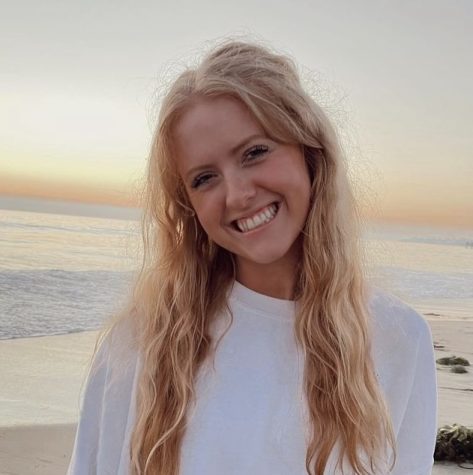Behind the Crime
Being surrounded by four caving walls gives time to reflect on the mistakes we’ve made. The ruthless design of the prison cells were made for people who’ve done something wrong. From the outside, people see these criminals as evil and dangerous. Although what they have done isn’t right, there is more behind the crime than one can see.
The reason behind crime could be a chance of survival for so many. It’s “do this or starve” or “do this or get hurt” or “do this to provide for your family.” This is why many young teenagers and adults end up in prison. They are trying to keep life going, but end up locked in a cell.
These young teens still have to get their education. Many might’ve dropped out of school, and of course they can’t attend normal school while locked up. What happens to these kids is they attended school in their prison. School, as one could imagine, is very different than normal for these kids. They have strict rules they must follow and different schedules to learn. From a teacher’s view who works in the prison, the idea of teaching students and helping them as one would is very different from someone’s view who doesn’t know what that’s like.
Mrs. Potter, a World History teacher here at Mountain Ridge got to experience working with these kids. She worked in a prison to pursue her desire for education while using her bachelors degree in criminal justice. Her view of the world and people changed for the better from this job and she gained great strength. Potter shared that the reason why kids were in there is because they had a difficult home life.
“Most of their crimes were based on their will to survive,” Potter stated.
After a while of being with her students, she became a motherly figure in their lives. She realized many of the students never had a relationship with their mother, or parents in general. They never had someone who truly cared for them, and someone who was there for them.
“Once I built a relationship with them that wasn’t built on judgment of their crime, they came around,” she shared.
There were many great things that came out of the relationship Mrs. Potter had with her students. She gained more compassion and understanding for people with these different backgrounds. She spent Christmas, Thanksgiving, birthdays, with her students. She did everything with the kids.
“The kids and I were truly a family,” she added.
With many highs came the heartbreaking lows. The hardest part for Potter was “watching the students detox from addiction.” During this process, the student was a different person. They were upset, assertive, sad, and sick. With the close relationship she had with her students, seeing this was the worst part about working there.
Another downside was seeing a student save their money to get snacks for their family when they were coming to visit, and then their family never showed up. Mrs. Potter tried to fill in for their family.
“When I found out my kids’ parents wouldn’t be coming to visitation, I would always try to go in their spot… But it wasn’t the same. It truly broke my heart to see my kids being let down yet again,” said Potter.
She has many intense stories about her time there, but one that sticks out to her was the campus riot. She mentioned that after the first, the rest aren’t interesting, but because she had never experienced something like that before, the first riot was a thrilling experience. She shared that the most important thing to do during these riots was to protect the students and herself.
If given the chance to go back and work in a prison again, Potter wouldn’t. She wouldn’t trade her memories for anything in the world. She came out of this job a better version of herself. She used to go back to volunteer or visit her old students, but she wouldn’t be a teacher there again.
“I feel that my time at the prison was perfectly timed in my life, and I will always cherish the memories I made while working there,” Potter stated.
Potter hopes to see more women working in the same field she worked in or in the prison in general. She believes they need more women in these roles because they have different skills than men.
Within the prison are people. Real people with emotions, feelings, problems, and challenges. Once you are able to see the character of these kids behind what they’ve done, a relationship forms. People are more than their actions.

Ava Grace Padely is a senior and it's her fourth year working for The Ridge Review; she's our extremely passionate Co-Editor in Chief and Primary S.M. Manager. She enjoys being creative in coming...




